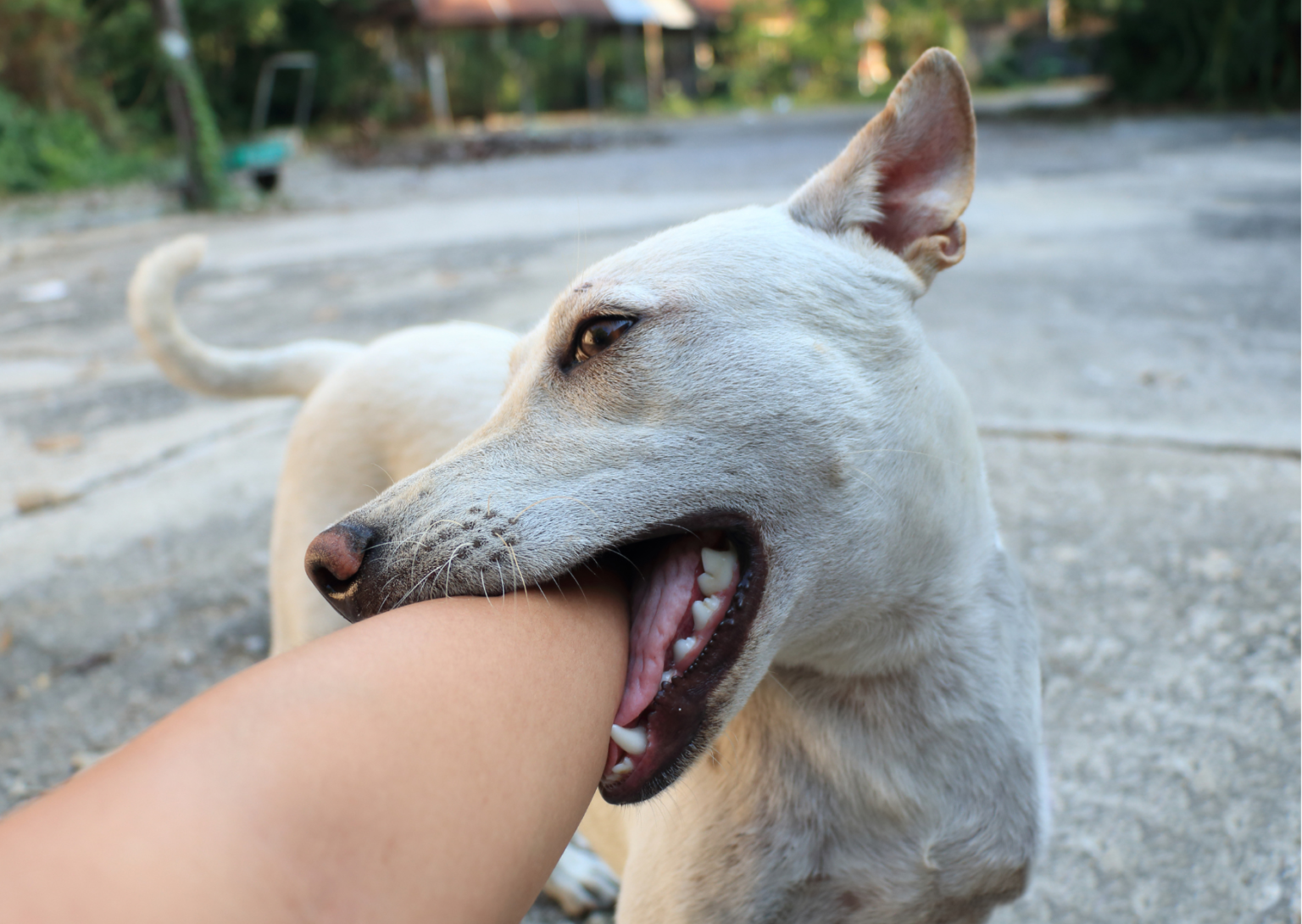The Kerala government has moved the Supreme Court seeking court nod to have aggressive, diseased stray dogs culled amidst a spate of reported dog bite cases.
Predictably enough, animal rights activists have rushed to court opposing any such move and instead suggested that other more humane ways must be first explored to ease the problem posed by strays to the human populace.
Ironically, these very activists have all these years worsened the acute man-animal conflict by stubbornly resisting more humane ways of dealing with the problem and insisting that the animals be allowed to stay where they are irrespective of the problems posed to local residents.
The short-sighted rules framed by the government under their pressure currently disallow dislocation of any strays, diseased or healthy, from their original habitats.
Animal lovers argue that dogs are territorial and sending them to a new place is a strict no-no as it places them in conflict with other dogs in the area and also cuts off their known supplies of food. Even when animals are sterilised, they must be returned to their original habitats.
This rehabilitation in situ places the hapless animals at the risk of human fury, especially when a handful of them get aggressive and bite.
There is a strong moral and legal argument to have all strays removed from the streets and crowded human localities not only to reduce the intensity of the raging man-animal conflict in some areas but to ensure the right to life and dignity of these hapless animals.
If not all, one could always start by removing the diseased, the aggressive and the distressed animals off the streets into open air homes in which they are taken care of.
The government must encourage animal lovers to set up shelters at the lowest level and encourage locals to sponsor the placement of any aggressive animals in these shelters as the first step towards easing the acute man-animal conflict in some areas and states.
In urban residential settings, residents’ associations can also be asked to run similar animal shelters with state support.
That will break the cycle of animosity between animal rights and human rights activists and help in setting the stage for looking at other reasonable solutions such as stepping up sterilisation and vaccination schemes for strays.
Experts say sterilisation works only if 70 per cent of strays are sterilised. Indian figures place sterilisation figures at an abysmal 10 per cent, thanks to our indifferent and immune civic bodies. Pressure must be brought upon them to act.
Adoption drives must be stepped up too to give forever loving homes to animals. Or should one leave them to man and nature’s mercies on the mean streets as is currently done?
Self-styled animal lovers would also be well advised to get off their moralistic high horse which sets the tone for much of the conflict.
Most people in India are not cruel. Man and animal co-exist happily on the streets which are home to many strays. Many feed stray dogs, monkeys, pigeons and cattle as part of their personal spiritual commitment.
It is only when an aggressive or diseased stray bites a human that the problem suddenly flares up. The problem comes to a head when animal lovers wish away any such attacks by conveniently blaming the victim for provoking the animal to attack.
The victim ends up being socially shamed for being cruel to the animal, goes to the hospital to run into a shortage of the not so cheap rabies vaccine and has to fight on his own any false complaints filed by the animal lovers to pre-empt any action against the animal.
Going by the Noida, Greater Noida experience, women dog feeders routinely call-in police and file complaints against male office-bearers of RWAs and AOAs on molestation and rape charges, completely unrelated to animal cruelty laws and rules[1].
Such blackmail eliminates any possibility of a dialogue between the two sides and no reasonable solutions can ever be worked out. The cruel fringe element among humans then takes over.
Noida, home to a sizeable professional middle class section, has seen a rise of instances in which residents have taken the law into their own hands in trying to get rid of the menace on their own.
The courts also have to address their own moral ambivalence in dealing with the issue of feeding strays everywhere. The Delhi High Court issued a circular on February 28, 2022, ordering all not to feed stray monkeys inside the court compound[2].
So why different standards for those living outside?
[1] https://news7noida.com/greater-noida-west-controversy-over-dogs-woman-released-video-and-made-serious-allegations-police-said-baseless/; https://www.aajtak.in/india/uttar-pradesh/story/supertech-eco-village-2-society-stray-dogs-police-said-woman-was-not-molested-lcl-1494780-2022-07-06
[2] https://www.latestly.com/agency-news/india-news-refrain-from-feeding-monkeys-inside-court-premises-delhi-hc-to-lawyers-litigants-3437234.html

